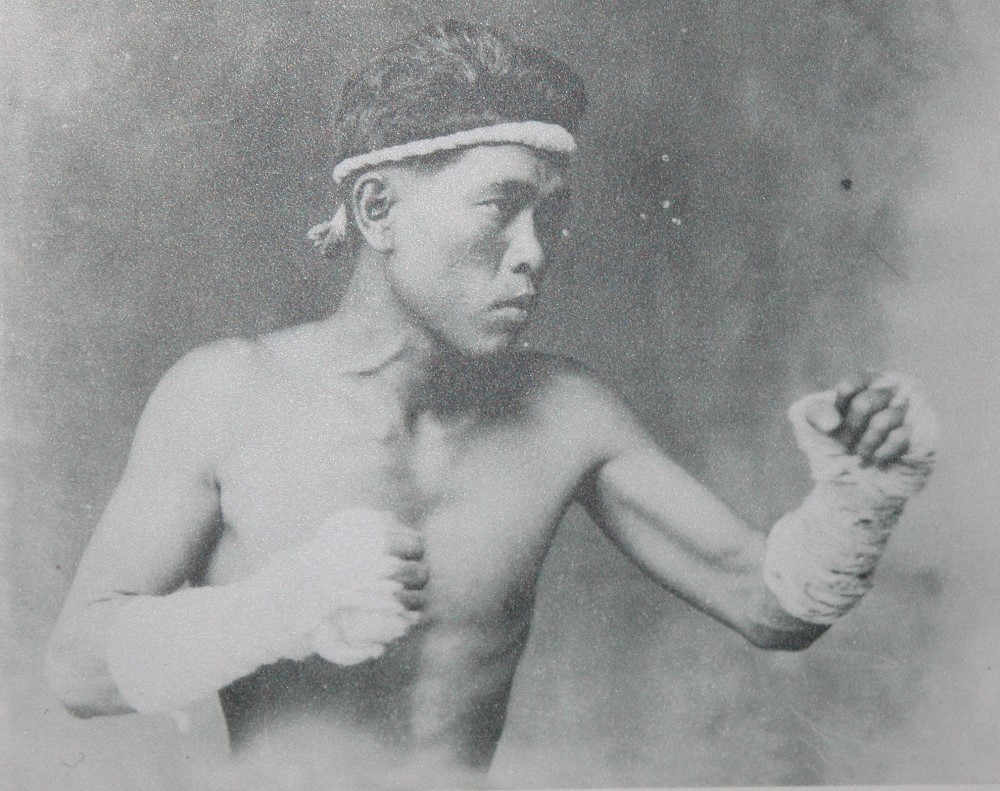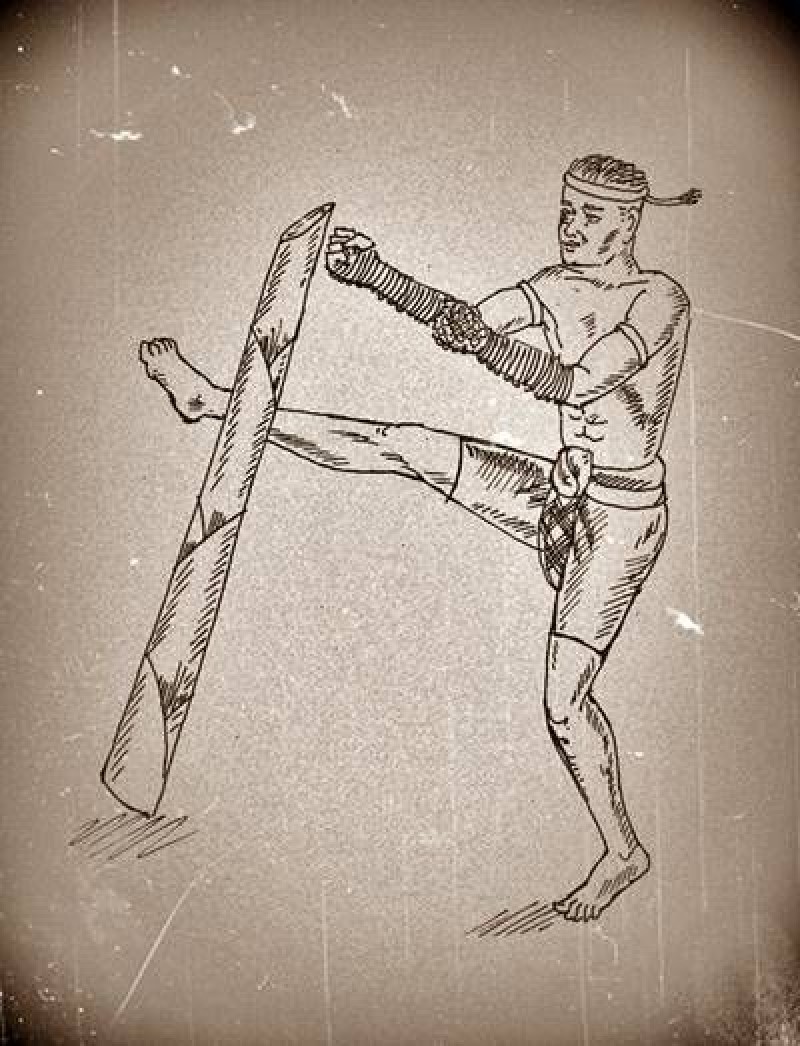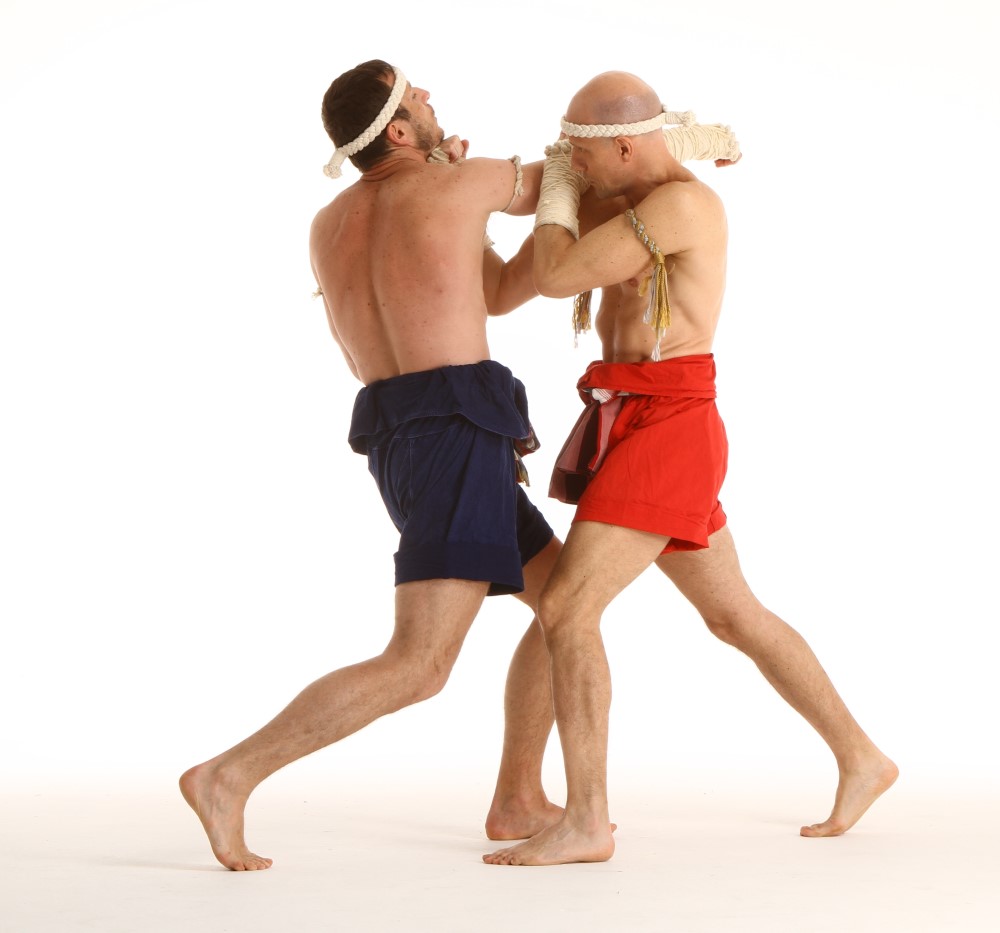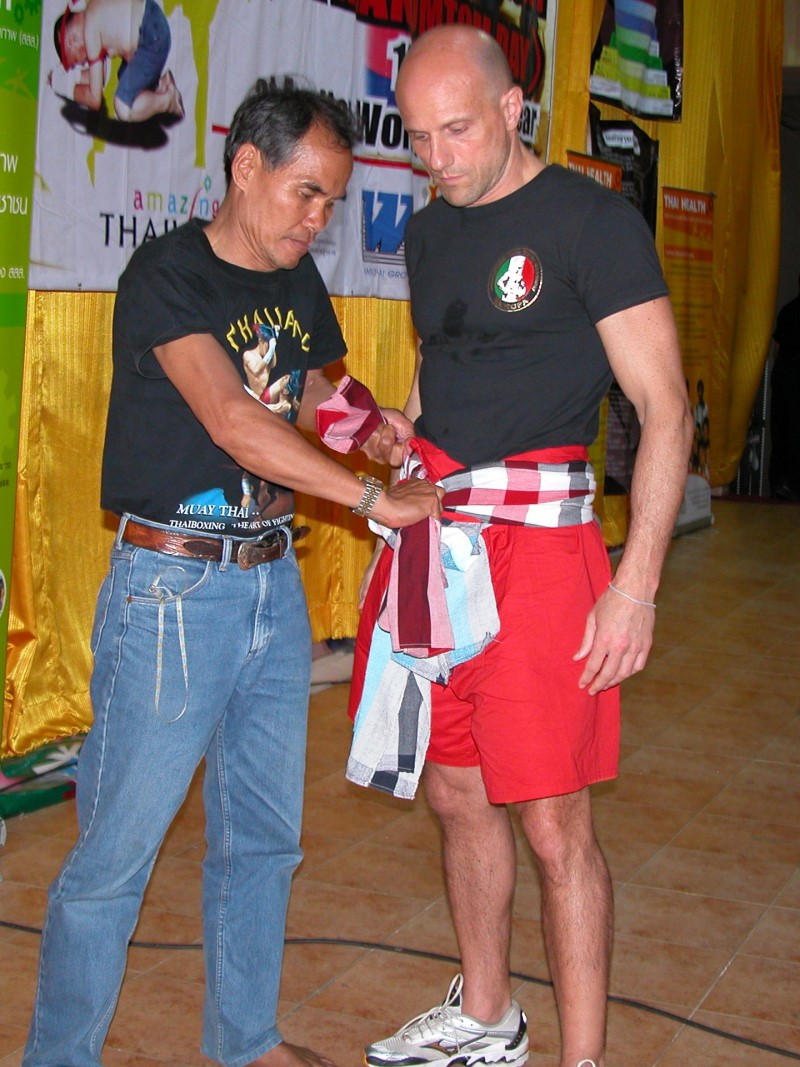
Muay Boran styles. Part 1
by Marco De Cesaris
Muay Thai, the science of the rational use of the 9 main natural weapons: two hands, two elbows, two legs (shins and feet) and the head. A Muay Thai practitioner, thanks to years of physical conditioning can transform his body into a real weapon. He is capable of using his hard body parts both in attack and defense, using them like swords, axes, spears, rocks and shields.
Actually, even though this is the typical image of a Nak Muay (Thai Boxer) known worldwide, in the old Siamese tradition coexisted two distinct styles that emphasised two ways of reaching the same objective: the absolute efficiency in unarmed combat.
The first approach is called Muay Lak which, with terminology dear to Chinese Martial Arts’ scholars, can be referred to as the “hard” style. In this case, Lak means rooted: in fact a Muay Lak boxer relies on a solid guard position to charge his strikes with great power, aiming at annihilating the opponent thanks to a devastating use of his punches, kicks, knees and elbows. The regional style called Muay Korat is a typical example of this technical approach. Several elements of this style are considered as being the basis of modern professional Thai Boxing practised in Thailand and the rest of the world.
However, Muay Thai Boran is not only represented by hard styles. In fact, in Siamese unarmed combat a soft approach is considered very effective, too. Such fighting style is commonly known as Muay Kiao. A Muay Kiao Stylist relies on swift footwork and a tight defense to absorb and control the opponent’s offense, wrapping up the attacks to nullify the danger. Sharp dodges, parries or blocks are followed by explosive counterattacks aimed at the vital points of the opponent.
The most famous representative of this stylistic approach is without any doubt Muay Chaiya, the regional style made famous in the 70s by Grand Master Keat Sriyabhaya.
However, a real Muay Boran expert should not neglect a throughout study of both skills as they are as complementary as day and night, Yin and Yang. A lack of comprehension of one of the two would create serious gaps in a Nak Muay’s technical background. From Muay Lak one should acquire the devastating power of leg and arm attacks and the hard training routines devised to make shins, knees and arms as hard as iron. From Muay Kiao one should learn the skill needed to avoid the attacking power of the opponent by “becoming one” with the offense and retaliating with fast, vicious, unpredictable counters.
Let’s take a closer look at the main features of the two approaches (rooted and pliable). Several styles can be listed in these two broad categories: Regional styles (Muay Korat, Muay Chaiya, Muay Lopburi, Muay Uttaradit), Thematic Styles (Muay Wanorn, Muay Lert Rit), Modern-Traditional styles (Combat Muay Boran, Muay Chaisawat) and so on. In the first place we will concentrate our analysis on two of the most renowned regional styles: the North Eastern Martial Art (Muay Korat )and the Southern Style (Muay Chaiya).
Muay Korat Style
I. Geographic origins.
Nakhon Ratchasima, often abbreviated to Korat or Khorat, is one of the provinces of Northeast Thailand or Isarn. The capital city, Nakhon Ratchasima is situated in the district of Mueang Nakhon Ratchasima. This large province occupies most of the north-eastern plains of the country and is situated 259 km from Bangkok. It covers an area of about 20, 000 square km, which makes it the largest province in Thailand. It is rich in Khmer culture and has a long history The area around Korat was already an important centre during the Khmer Empire in the 11th century, which is evidenced by the ruins of Phimai Temple, now an historic park. Nakhon Ratchasima, a walled city, was built in the 17th century by order of King Narai of Ayutthaya. It was the easternmost “command-post” to guard the borders of the Kingdom and to keep watch over its vassals, the Kingdoms of Laos and Cambodia.
II. History
The first patriarch of Muay Korat was Phra Hensamahan the governor of Korat province. In 1909 one of his students Daeng Thaiprasaert fought bravely in front of the King Rama V at the funeral ceremony of Prince Urupongrat Sompot and was awarded the title of Muen Cha-ngat Choeng Chok (Knight of Excellent Combat Tactics).
Phra Hensamahan was a scholar who wrote textbooks about Muay. He structured the most articulate and coherent form of this style that we still practice today. He structured the skills of Muay Korat around the so called 47 Portals:
• 10 basic systems to use the main body weapons
• 5 fundamental combat strategies
• 11 systems to solve the problems one commonly faces in a fight
• 21 ancient combat skills
Nowadays, we still use the same solid technical structure to practise and teach this style.
However, the origins of Muay Korat are far more ancient than Phra Hensamahan’s epoch and can be traced back to the ancestral martial traditions of South East Asia. In fact, it’s told that the source of his style may be found in the martial skills developed in ancient Cambodia during the Khmer domination. According to some theories the origins of Muay Korat could be rooted into the ancestral Martial Arts of Angkor Wat, the ancient capital of the Khmer Empire whose culture strongly influenced the inhabitants of Nakhon Ratchasima area.
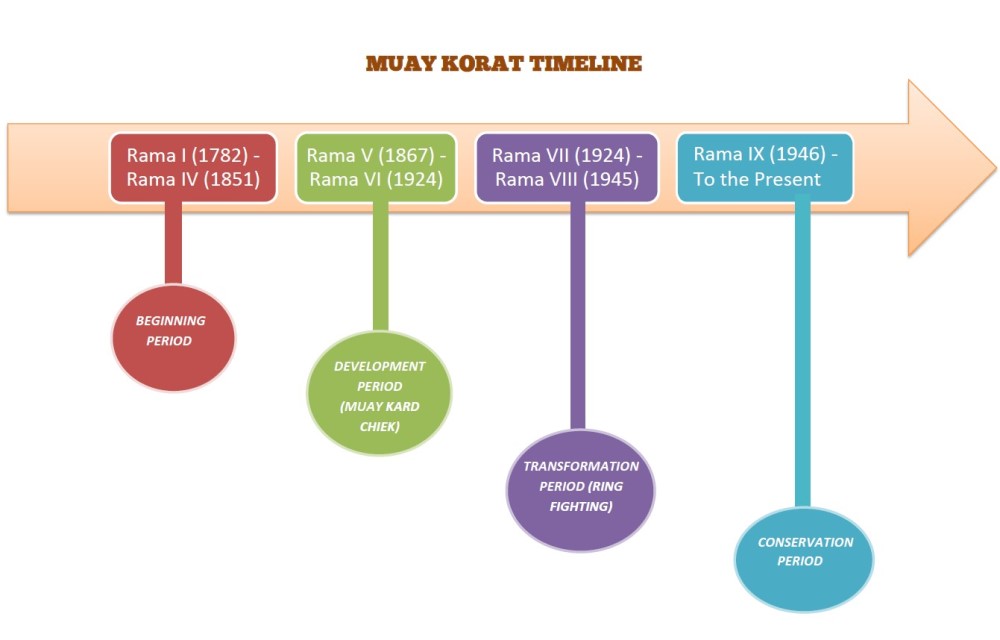
The development of this style occurred in four periods:
1. Beginning period (Rama I – Rama IV). In this period Muay Korat was used to train soldiers in hand to hand combat: in Rama III (King Nangklao) Era a group of Korat soldiers led by the heroine Ya Mo (Thao Suranari, wife of the deputy Governor of Nakhon Ratchasima) was decisive in the defeat of the Laotian army at Thung Samrit in 1826.
2. Development period (Rama V – Rama VI). This period was characterized by the diffusion of Muay Kard Chiek (bound fist boxing). Muay Korat proved to be a very effective boxing style: its exponents distinguished themselves in many contests that pitted one style against the other in gruelling no holds barred fights.
3. Transformation Period (Rama VII – Rama VIII). In this period many things changed for thai boxers: with the introduction of western boxing gloves and regulations, every ancient style was forced to adapt to the new conditions. Among them, a regional style that perfectly adapted to the new situation was undoubtedly Muay Korat. Many techniques and strategies developed in the Beginning and Development periods were easily converted into modern ring fighting skills. Especially the Muay Korat swing kicks and roundhouse punches became a trademark of all thai boxers due to their devastating efficiency in combat.
4. Conservation Period (Rama IX – to the Present). With the overwhelming popularity of professional Muay Thai, the ancient styles and skills have been gradually abandoned and almost forgotten. Muay Korat was no exception. However, around the end of the 50s a renowned Master, Khru Bua Wat Im, greatly contributed to a renaissance of this style. His relentless work brought to a new rise in interest for the ancient combat skills from Nakhon Ratchasima that luckily still goes on today.
III. Main technical features.
The first characteristic of Muay Korat was its typical hand-binding: in this style raw cotton ropes wrapped the fighters’ fists and the arms up to the elbows. The wrapping worked as protection for the forearms against the powerful roundhouse kicks typical of this style. The wide swing punches (Wiang Kwai or “Throwing the Buffalo”) were feared for their devastating power. The perfect complement to the wide swing are straight punches which in the Korat are performed, contrary of other Muay styles and modern Western Boxing, with the fist held vertically. Another technique that was characteristic of this style is the Tae Wiang or roundhouse kick which can develop exceptional force using, similarly to swing punches, the full rotation of the hips to generate an enormous impact upon the opponent, like a slamming door.
This kick is mostly aimed at the opponent’s neck with devastating results. Thus the name Tae Ko Hak, the kick that breaks the neck.
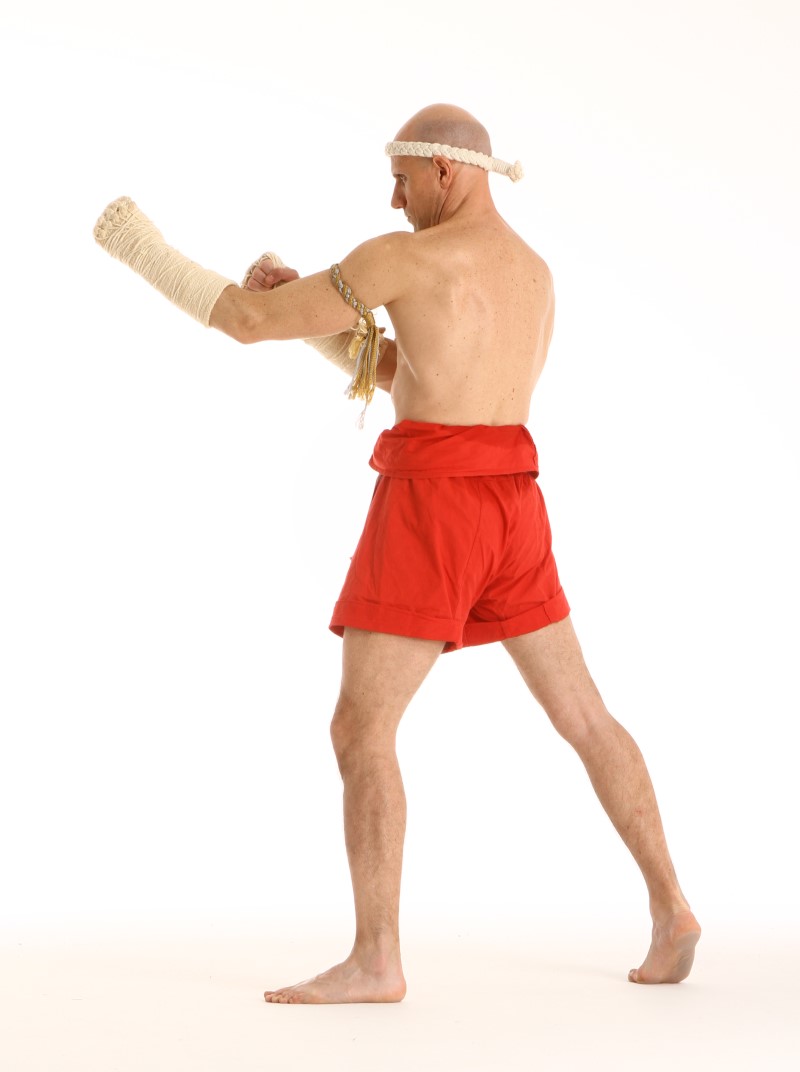
The guard position of Muay Korat (Lub Jot) is another typical feature of this style. It was designed to put the fighter into an optimal position to strike with maximum power at any moment with swing kicks or roundhouse punches. The heel of the back leg is kept well off the ground, with the weight of the body leaning forward. The shoulders are relaxed and not raised to allow Wiang Kwai attacks to be executed at greater speed.
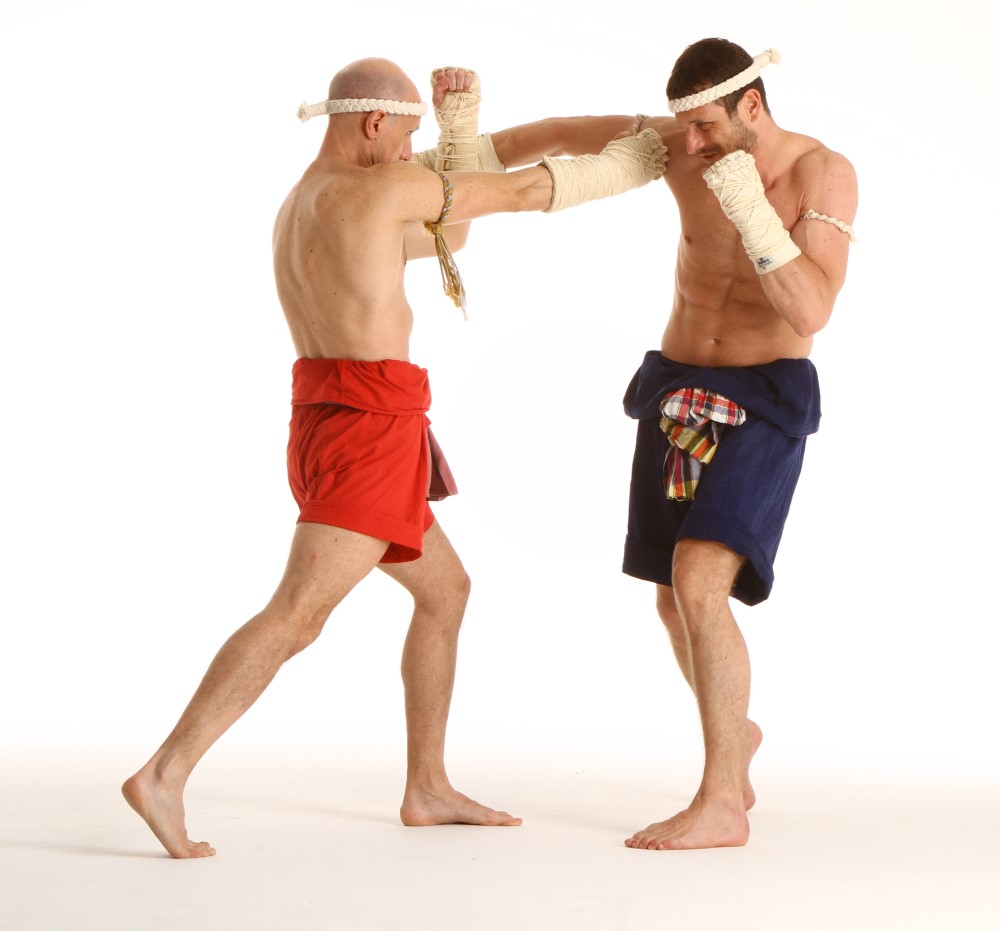
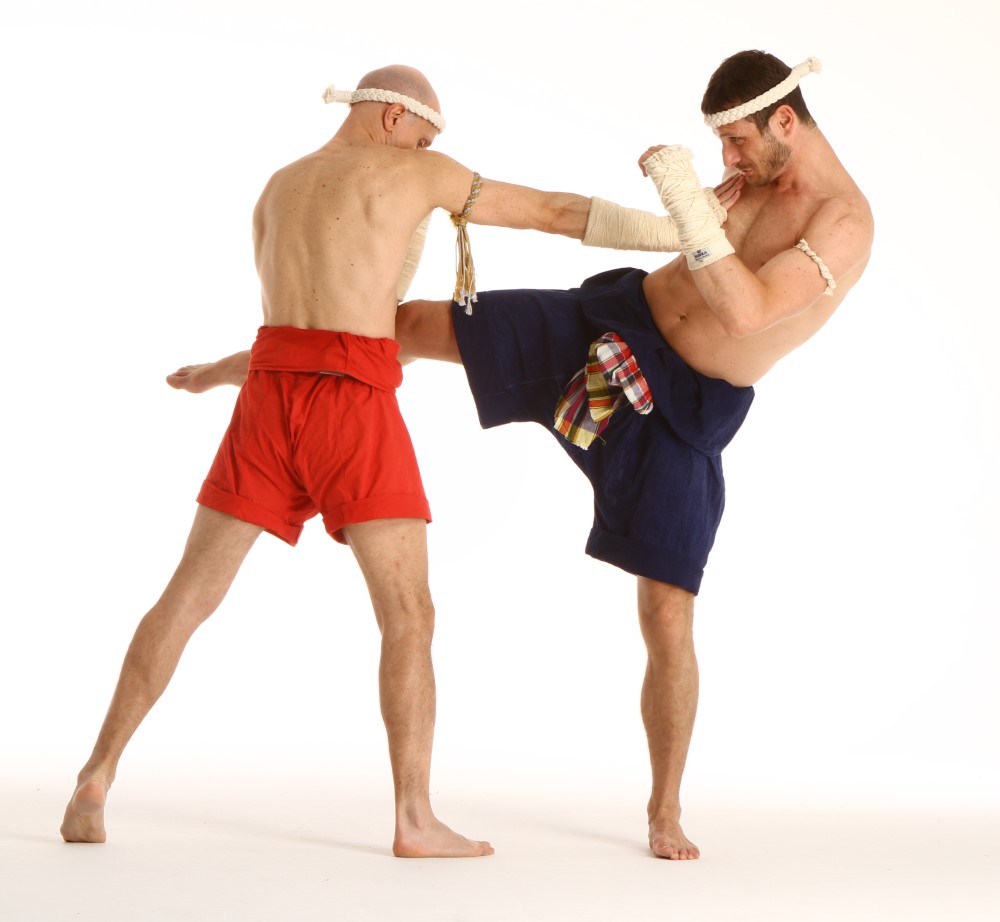
Being Muay Korat a long range fighting system, defense is built around the straight kick (stop kick): in the on-guard position the hips are relatively square to speed up the execution of front or rear Tiip Trong (straight kicks). Moreover, a well-placed front kick to the abdomen is commonly used to set up combinations of kicks and punches, such as: straight kick followed by swing kick to the neck or straight kick followed by a stepping roundhouse punch to the head.
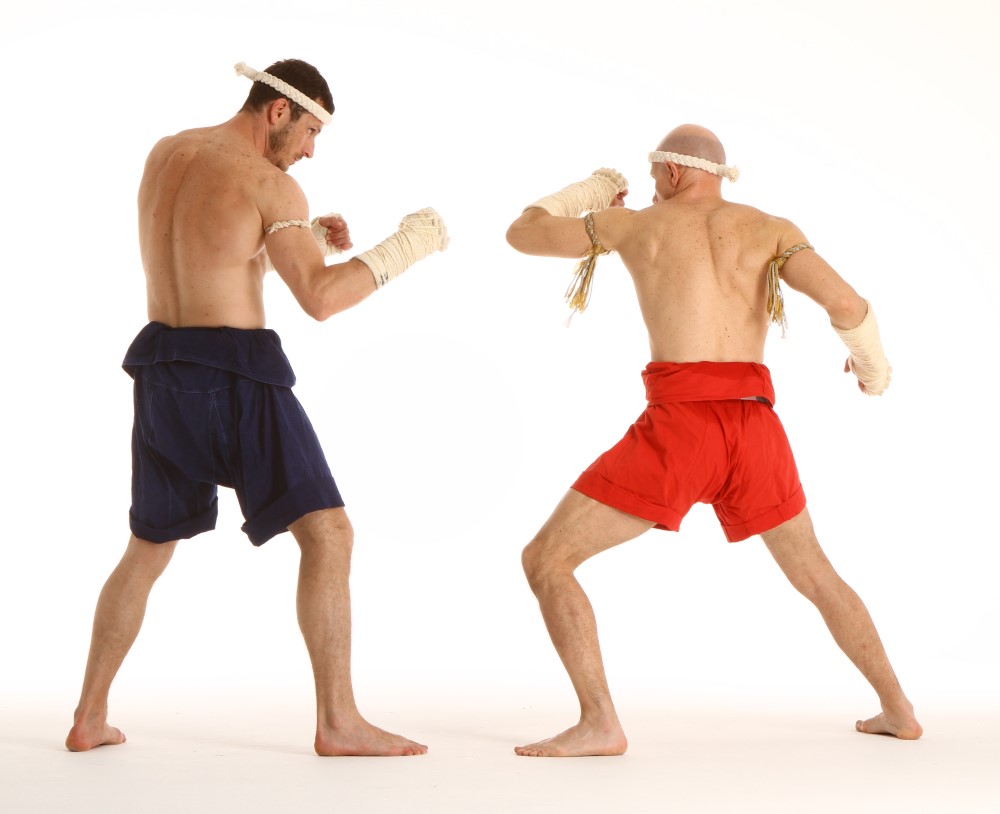
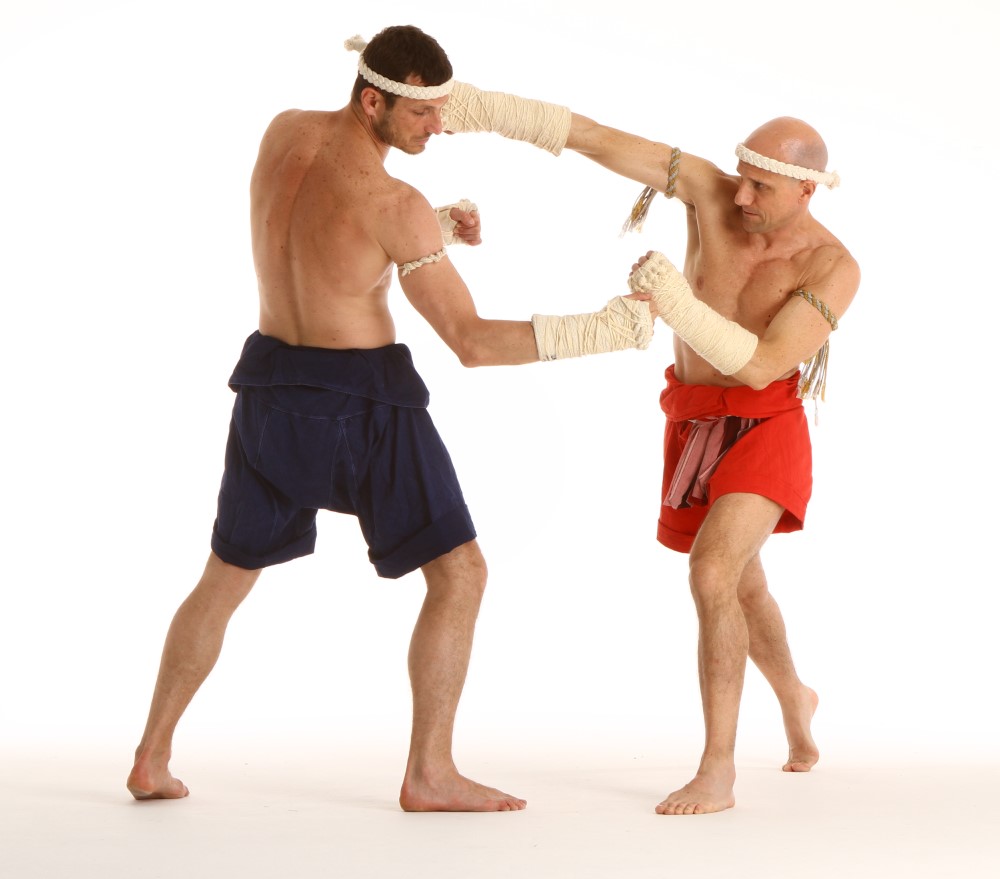
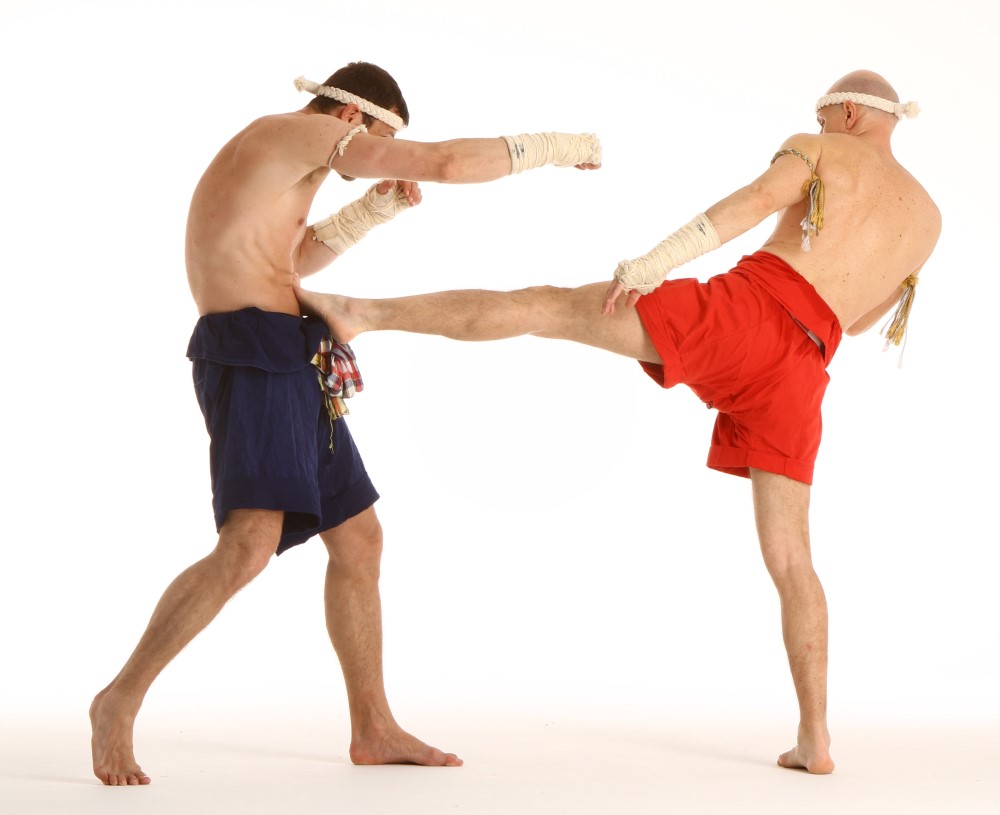
All of these maneuvers are reminiscent of the graceful yet powerful movements of a tiger stalking its prey. In fact, the basic stepping patterns are based upon the Seua Yang or tiger’s step a forceful and solid kind of footwork, very popular in the ancient time.
More Muay Korat technics here: https://www.muaythai.it/muay-styles/muay-korat/?lang=en
Special thanks to Khru Chao Wathayotha an exceptional Muay Korat Master and a great person.


